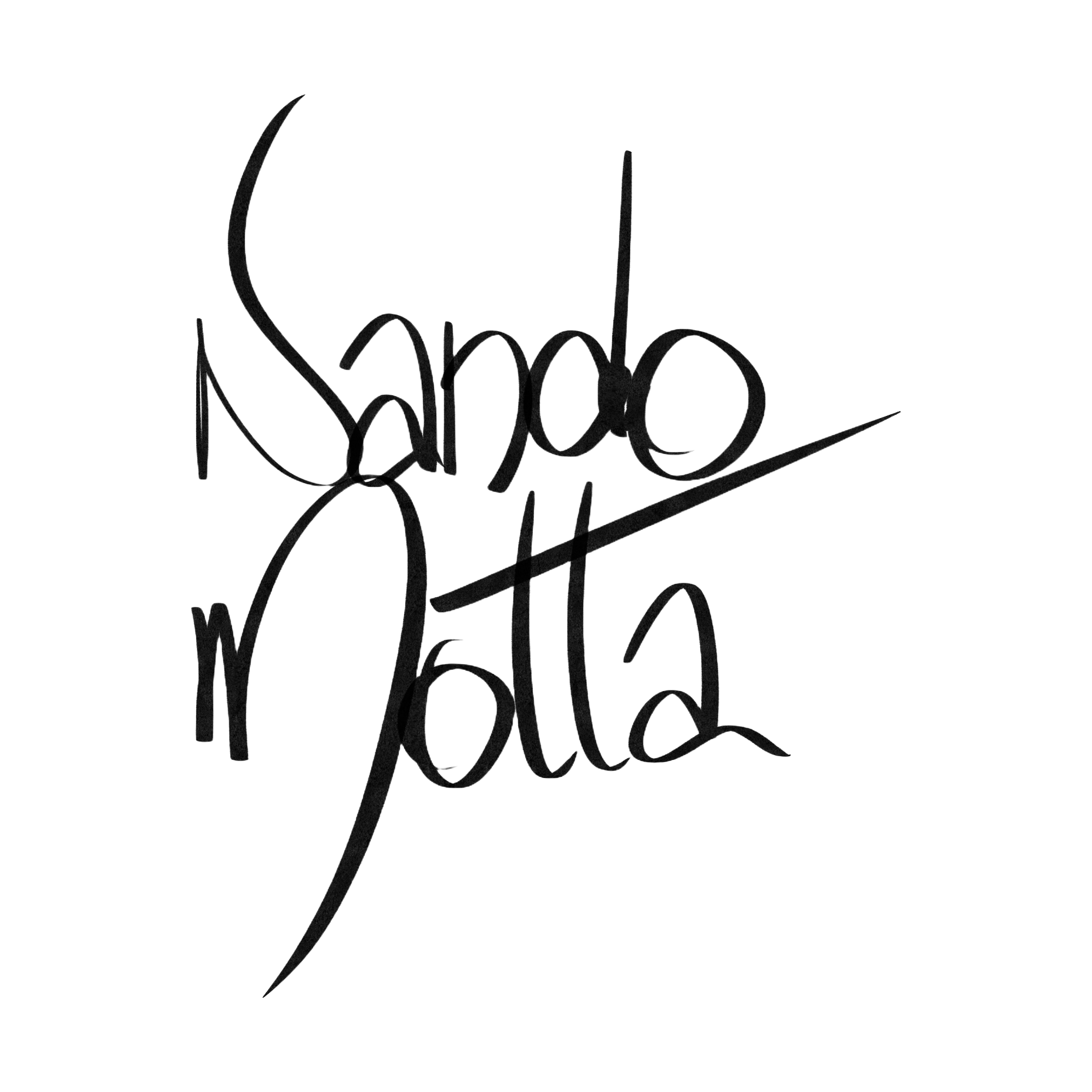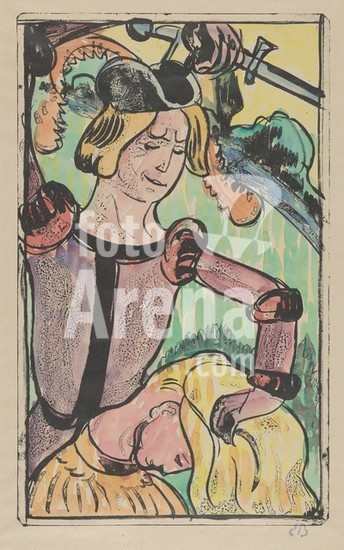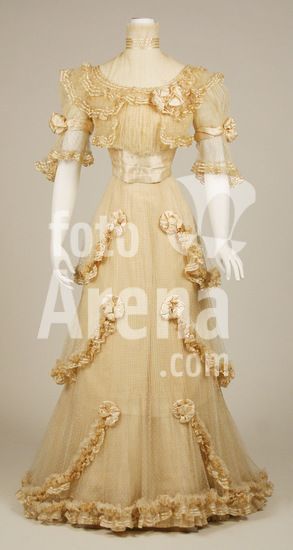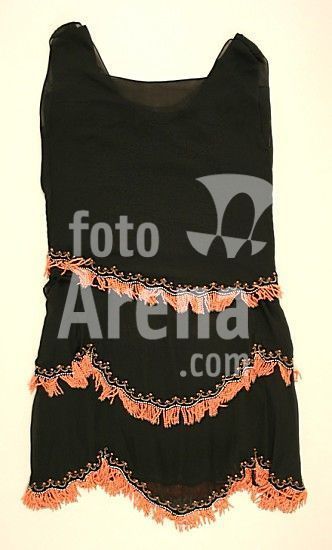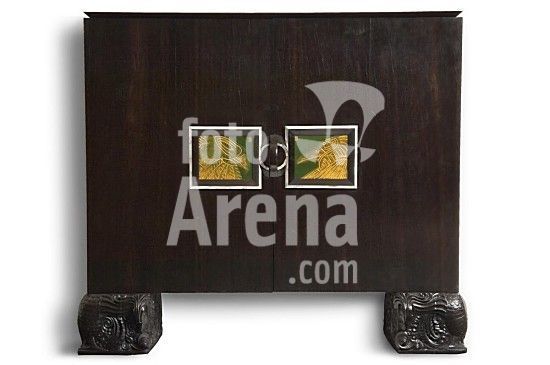
akg8210170
Man Ray (Emanuel Radnitzky)1890 Philadelphia - 1976 ParisBoite. Ca. 1923. Oil on wood. 25.5 x 24cm. Signed lower centre: Man Ray. Artist's frame. This work will be included in the catalogue raisonné of the paintings by Man Ray in preparation by Andrew Strauss and Timothy Baum. We would like to thank Andrew Strauss, Paris, for the kind scientific support. Provenance: Jacques Doucet, Paris (acquired from the artist in 1923; until 1929) Mme Jacques Doucet, Paris (until 1958) Jean Dubrujeaud, Paris (through heritage from the former owner mentioned above; until the early 1960s) César de Hauke, Paris Andy Warhol, New York Frederic Hughes, New York Achim Moeller, New York Private collection South Germany Exhibitions: Galerie Surréaliste, Paris 1927 Literature: Paris, Galerie Surréaliste, Tableaux de Man Ray et objets des Iles, 1927, no. 14. . Art trade, Van Ham. Copyright: © Man Ray. This artwork is not in the public domain. Additional copyright clearance may be required before use of this image.
DC



























































